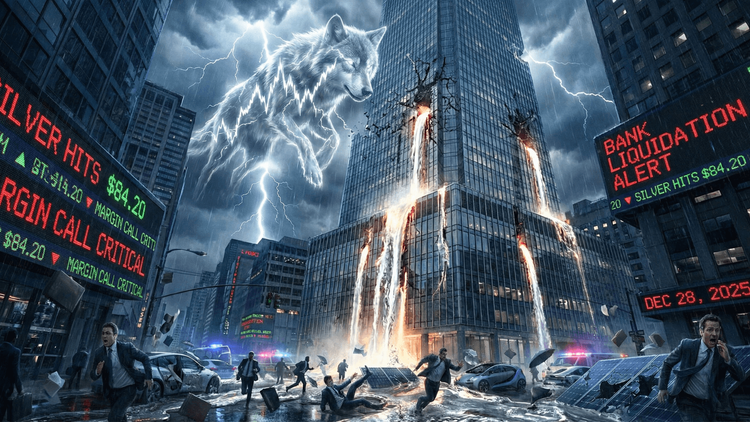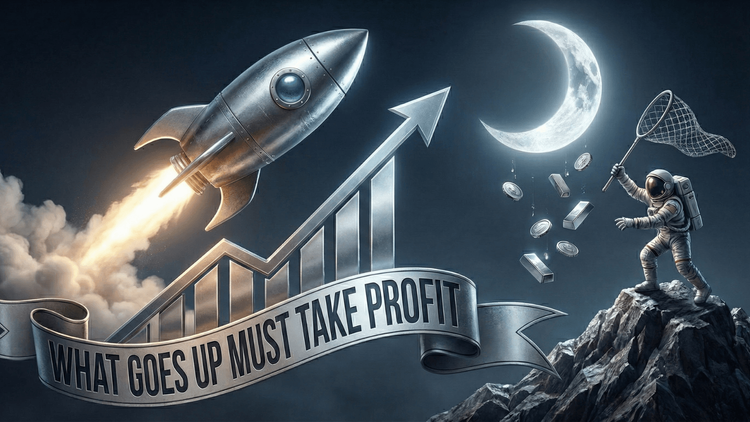The Uranium Ice Age: How Tariff Uncertainty Froze the Market
U.S. Utilities Freeze Uranium Purchases Amidst Tariff Uncertainty, Sending Markets Into Turmoil

The North American uranium market is in turmoil as uncertainty surrounding tariffs sends shockwaves through the industry. With President Donald Trump’s proposed 10% levy on Canadian uranium exports set to take effect, US nuclear-power companies are pulling back, stalling purchases, and delaying long-term contracts. This hesitation has triggered a significant slowdown, shaking investor confidence and leading to drastic declines in uranium-related stocks.
A Market Paralyzed by Uncertainty
Utility companies that typically operate under long-term contracts are now in a holding pattern, reluctant to commit to new deals until the tariff situation becomes clearer. The effects are already visible—US utility purchases of uranium have plummeted by 50%, according to TradeTech, a pricing firm tracking the industry. Given that Canada supplies over a quarter of the uranium used by US reactors, any disruptions to this supply chain could have long-term consequences.
Karen Radosevich, the manager of nuclear fuels supply at Entergy Corp., confirmed that the uncertainty has left utilities wary of making new commitments. Instead of signing fresh contracts, many are relying on existing inventories to navigate the storm. While immediate fuel shortages aren’t a concern, this pause in contracting could create supply gaps down the road, forcing utilities into costly last-minute purchases.
A Deepening Financial Fallout
The market reaction has been swift and brutal. Uranium-related stocks and ETFs have taken a beating. The Sprott Uranium Miners ETF, a benchmark for the sector, has tumbled 14% this year—nearly four times the decline of the S&P 500 Index. Cameco Corp., North America’s largest uranium producer, has seen its stock value plunge by 19%. Meanwhile, uranium futures have fallen roughly 40% from their peak in 2024, reflecting growing investor anxiety.
The uncertainty is forcing investors to reevaluate their positions in the uranium sector. With long-term nuclear expansion plans hanging in the balance, market players are struggling to gauge the potential financial impact of these tariffs.
Strategic Moves to Secure Supply
Despite the freeze in new contracts, some utility companies are taking preemptive steps to mitigate potential cost hikes. Entergy Corp. has been accelerating deliveries of Canadian uranium in anticipation of the tariff’s enforcement. This strategy, while providing short-term stability, does little to resolve the broader issue—how the industry will manage uranium sourcing if tariffs become a long-term fixture.
Adding another layer of complexity, Canada has hinted at retaliatory measures, including potential export tariffs on uranium from its high-grade mines in Saskatchewan. If implemented, these countermeasures could further disrupt supply chains, escalating the already volatile situation.
The Long-Term Implications for the US Energy Sector
The US remains the world's largest buyer of uranium, with its 94 nuclear reactors supplying electricity to millions of homes and businesses. Yet, the country is almost entirely dependent on foreign imports, sourcing 95% of its nuclear fuel from abroad.
Trump initially floated a 25% tariff on Canadian uranium before reducing the figure to 10% and delaying implementation twice. However, even at this lower rate, the additional costs could have significant ripple effects. Under previous trade agreements, uranium producers absorbed these costs, but after the renegotiation of NAFTA in 2018, utilities are now responsible for any tariff-related expenses.
This shift in financial burden places utilities in a difficult position. Any increases in costs could eventually be passed down to consumers, raising electricity prices for millions of Americans. Meanwhile, nuclear operators who delay purchasing decisions for too long may find themselves scrambling to secure supply at inflated prices once current inventories dwindle.
A Market in Limbo
Jonathan Hinze, president of UxC LLC, an industry research firm, highlighted the severity of the slowdown. Historically, US reactor operators purchase between five million and eight million pounds of uranium per month. Yet, in early 2025, those numbers have been drastically reduced, signaling deep uncertainty among buyers.
This hesitancy is breeding market paralysis. Investors are reluctant to commit capital, utilities are hesitant to sign new contracts, and uranium producers are left navigating an unpredictable landscape.
John Ciampaglia, CEO of Sprott Asset Management, encapsulated the industry’s current state: "In the absence of any clarity, and with the rules constantly changing—tariffs on today, tariffs off tomorrow—it’s just created this complete paralysis. There are just too many ‘what-if’ scenarios the market is trying to digest at once.”
The Road Ahead
As April 2 approaches—the date the tariffs are set to take effect—the uranium market remains on edge. While utilities have enough fuel to sustain operations in the short term, a prolonged period of uncertainty could disrupt long-term planning and push costs higher.
The key question remains: will the US and Canada negotiate a resolution before the situation worsens? For now, utilities, investors, and uranium producers are left waiting, watching, and hoping for clarity before making their next move.






